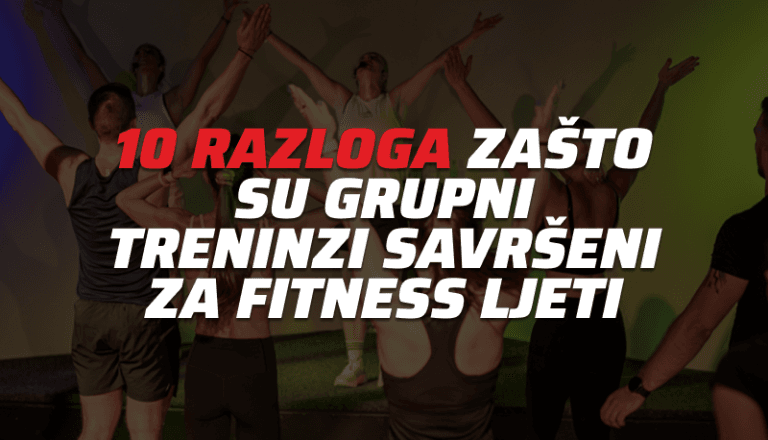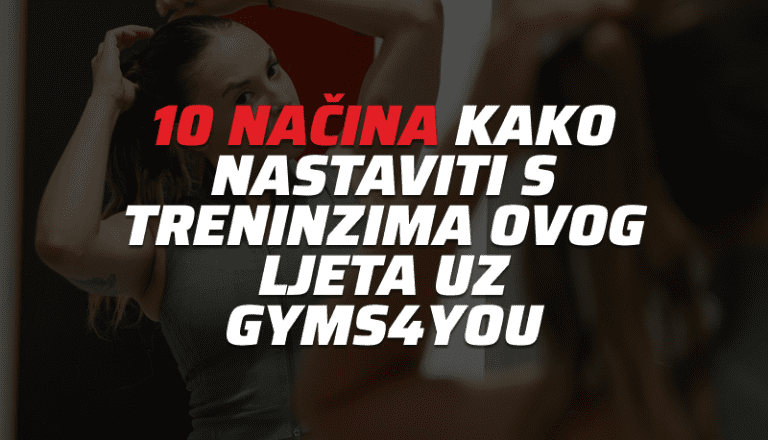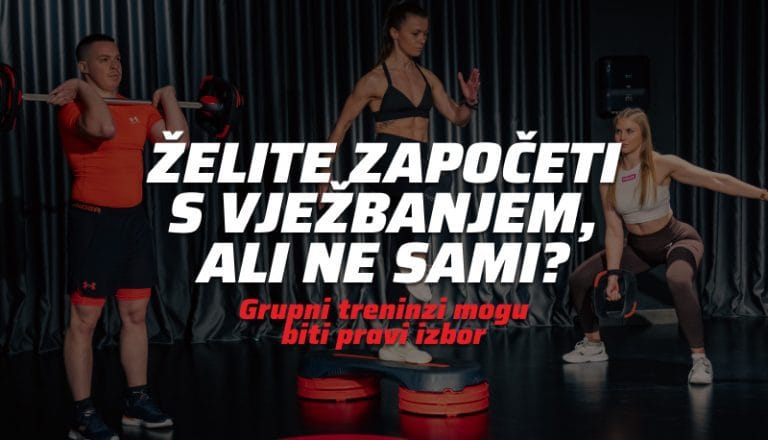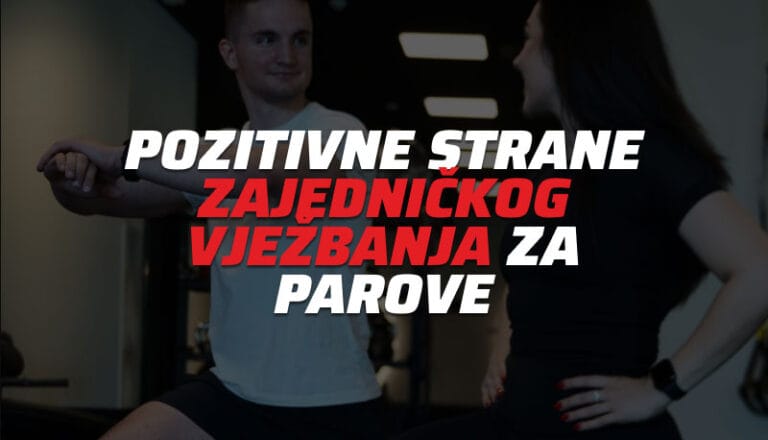A quality choice of footwear helps us achieve optimal training results while avoiding the possibility of various forms of injuries, which can greatly affect our future progress.
To successfully prevent injuries and reduce the possibility of them, we will give you a few tips below on how to choose the ideal footwear for training.
Different forms of training - different forms of footwear
Before buying tennis shoes, we need to know what kind of training we will have, how we will perform the exercises, and what pace and intensity we have planned for that day.
● If we are going to do most of the exercises on a treadmill or a bike, we will need running shoes. Given that the foot (especially on the treadmill) moves only forward, we need shoes with good cushioning that will protect our feet and knees during running. It is important to know that we should stick to light and airy materials so that our feet can breathe. If necessary, don't forget to put insoles!
● If we plan to lift weights, we will need solid and stable tennis shoes. We recommend that you choose those with a slightly raised heel! Due to the extremely large load of weights, leg stability is extremely important to us. More experienced and prepared exercisers often use classic Converses for their training or do the training completely barefoot. Our recommendation is to stick to classic, but stable tennis shoes.
● Cross-training sneakers are great for universal forms of training. If you like group training, if you like training with less intensity, this type of tennis shoe will provide you with sufficient breathability and flexibility while preserving the stability you need for good training.
● Extra tip: don't choose footwear based on appearance, but on comfort, efficiency, and quality of production!
Criteria for footwear
Any form of correct footwear for you should meet three criteria. They are:
● Strength and durability -> The shoe must hold the ankle in place, so it should be firm both on the side and on the heel. The best option is sneakers that are tied with laces, so you can tighten them as needed.
● Matching sole -> A training shoe should have a non-slip and flexible sole that can adapt to all movements.
● The right size and shape -> Pay attention to the size selection. Measure your foot in one of the specialized shoe stores or trace it yourself and determine the size according to the length of the insole. If you have any problems with your feet (long or flat feet), don't worry! Sports shoes are also made in models adapted to people with your problems, all you have to do is ask the retailers for the model that suits you.
What type of footwear should you avoid?
Of course, not every form of footwear is ideal for training. Moreover, some can be extremely dangerous for the feet and knees.
● Sneakers for leisure time at first they may seem like a good, fast, and simple choice, but they are basically not designed for training in the gym, but for a leisurely walk around the city. Therefore, they do not have the necessary protection and reinforcements that guarantee safe and effective training.
● Shoes, heels, boots and similar forms of footwear: we do not recommend these! They can be very dangerous during demanding physical activities, including training.
● Any form of dirty footwear in our gyms during training is not allowed! All users of our gyms are required to have a second pair of closed shoes to maintain the hygiene of the gym, as well as their own.
We hope that your choice of footwear for your next training will be ideal and bring you the desired training results!
Your Gyms4you team





